Evergreen conifers: how to properly plant a spruce on a site
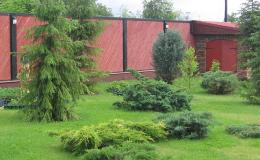
In many gardens, suburban areas, and home areas, a lot of space is allocated for planting coniferous plants. This is primarily due to the fact that, unlike deciduous and even evergreen plants, the appearance of coniferous plants remains attractive at any time of the year. Most often, spruce trees are planted on plots. Why is this tree so popular and how to choose and plant the right spruce on your property?
Content:
Choosing spruce for the site
Making a choice between the most diverse representatives of the conifer class:
- pine trees
- thuja
- yews
- cypress trees
- junipers
- fir trees
- many choose the latter
This is explained primarily by the fact that in Russia and European countries, spruce is primarily a traditional Christmas tree. In addition, the variety of modern decorative varieties of fir trees can satisfy every taste.
Decorative spruce trees differ in:
- pine needle color
- crown shape
- adult plant height
More than forty species of spruce trees are found in nature; the most commonly used species in ornamental gardening are:
- spruce
- black spruce
- oriental spruce
- prickly spruce
- Serbian spruce
- sitka spruce
- Brewer spruce
When choosing a spruce for a site, you need to focus on its size. For small compact areas, dwarf and slow-growing varieties are suitable, such as:
- Spruce Compacta, height 50 cm
- black spruce Konica, height 1.5m
- black spruce Nana, 30 cm
Fans of Christmas trees with an original crown shape will like:
- common spruce Pyramidata, with columnar crown
- prickly spruce Oldenburg, with blue needles and pyramidal crown
Tall forms are suitable for large areas:
- Engelmann spruce, gray-blue, pyramidal, 20 m high
- common spruce Aurea, yellow, pyramidal, 10 m
- prickly spruce Koster, blue, pyramidal, 15 m
By planting decorative coniferous plants in the garden, you can create bright accents, decorate garden paths, and complement rock gardens. All this will please the eye regardless of the time of year.
In nature, real long-livers eat, so that the tree on the site maintains a healthy appearance and grows for several decades, you need to approach planting the plant correctly.
How to choose a place for a Christmas tree
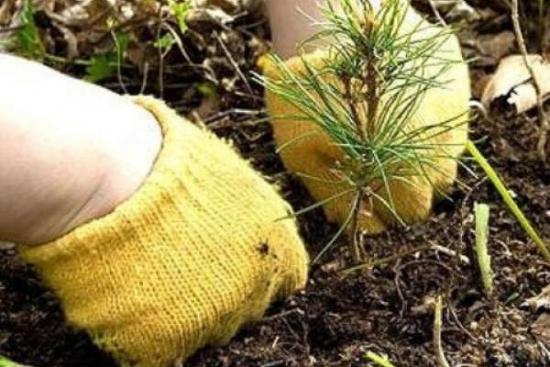
The key to properly planting a spruce tree on a site is choosing the right place for it. There are three things to pay attention to:
- wind
- illumination
- the soil
Wind
Defining landing place spruce on the site, it is important to remember that due to the characteristics of the root system, the tree is not very stable in strong winds. This is due to the fact that the tap root gradually dies off and the tree is held in the ground by surface roots. Winds are especially dangerous for tall forms older than 10 - 15 years, therefore, it is better for them to choose a place well protected from the wind.
Illumination
When choosing a place on the site for planting fir trees, you should give preference to a well-lit place. This is especially important for varieties with multi-colored needles. Such trees in a heavily shaded place will simply lose the decorative coloring of their needles and cones. In poorly lit places, annual growth will sharply decrease, the tree will wither, and may even die.It should be borne in mind that tall forms can very quickly outgrow their sun-loving neighbors and block the sunlight for them, so when choosing a place you need to take this into account.
The soil
Almost all spruces prefer to grow on acidic or slightly acidic soils. In terms of density, it is better to choose loamy or sandy loam soils with good air and water permeability, with a moderate amount of organic matter.
Soils that are too loose or too heavy can be improved by adding sufficient clay or sand. Young spruce trees, especially those in the first 10-15 years of life, can die from close groundwater.
When choosing a location, special attention should be paid to the size of this type of tree; a spruce tree that grows slowly in the first years of its life can later grow into a multi-meter beauty and its crown will cover the house, neighboring plants, pedestrian paths, and paths.
Planting spruce on the site
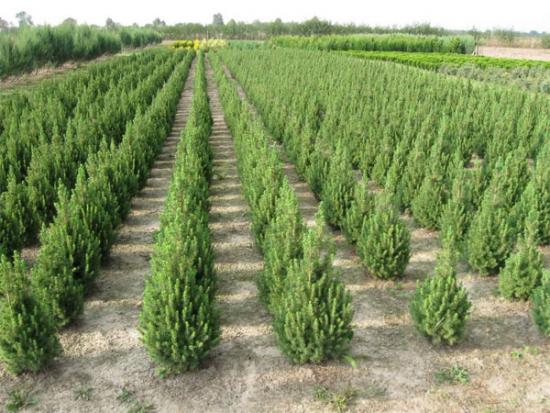
You can plant a spruce on your site both in the fall, in the second half of September, and in the spring, in April, after the soil has thawed. Seedlings in containers, the root system of which is not damaged during transplantation, can be planted at a later time.
The planting hole must correspond to the size of the root system. For young, two to three-year-old plants, it is enough to dig a hole approximately 60 cm by 80 cm, and if a large spruce is planted, then the hole must be made larger than a lump of root soil.
The distance between pits for tall trees should be from three meters or more, for dwarf trees - from 50 cm to 1 m, for medium-sized ones - from 3 m to 5 m.
To the bottom landing pit a layer of broken brick is poured, it drains the soil well and does not allow excess water to stagnate. A mound of fertile soil is poured on top of the brick. Forest or garden soil mixed with compost or humus is suitable for this.
The seedling is placed in the planting hole along with a lump of earth. It is not recommended to purchase planting material with a bare root system; such a tree will be sick for a long time, and there is a high probability of the death of such a seedling.
Under no circumstances should the root collar be buried in the soil; its correct location is at ground level. Carefully cover the hole with soil, after which it needs to be compacted a little. Spill the planted plant with water; if necessary, secure the tree by carefully tying it to two pegs.
In very dry summers, fresh plantings coniferous plants will need watering.
It is advisable to carry out mineral fertilizing the following spring after planting. If the spruce planting on the site is done correctly, the plant will quickly take root and will delight the eye with its green needles.
Video about planting spruce:
Interesting information about the vegetable garden



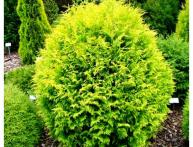
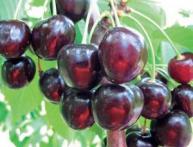
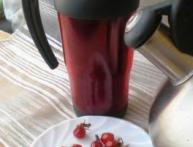
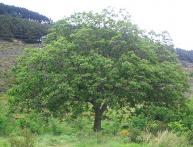
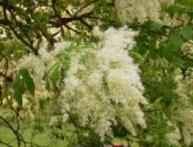
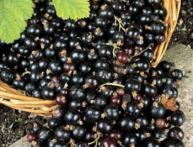
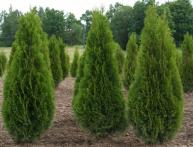
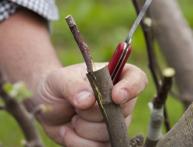
Comments
A beautiful evergreen tree will decorate any area. In addition, spruce is very unpretentious to the conditions and even a novice amateur gardener can grow a tree.